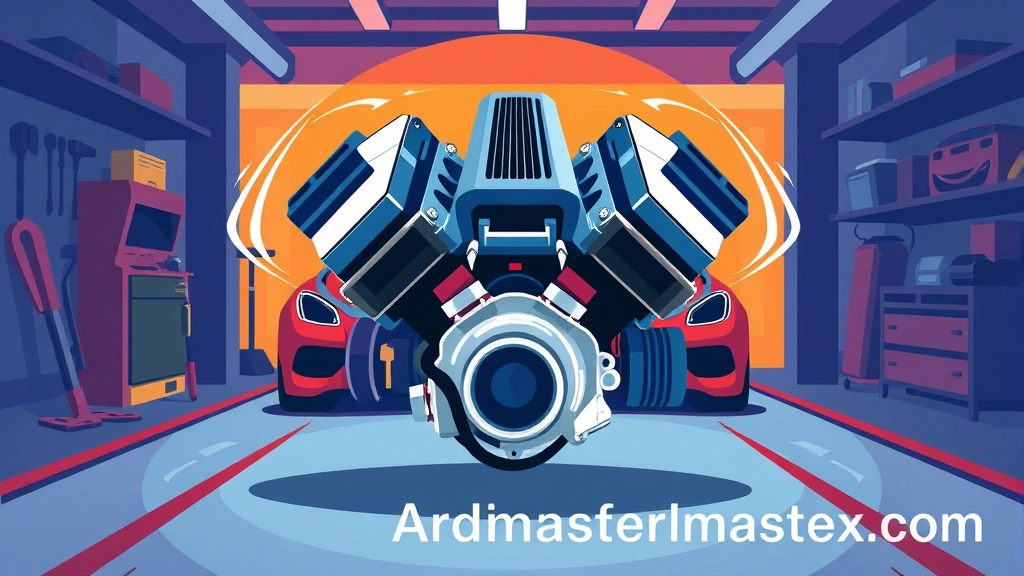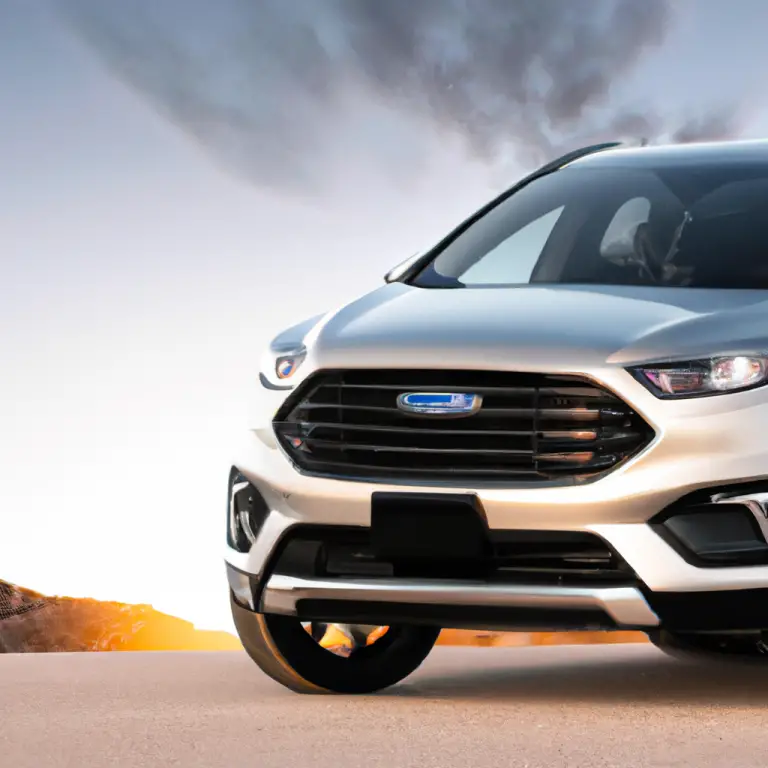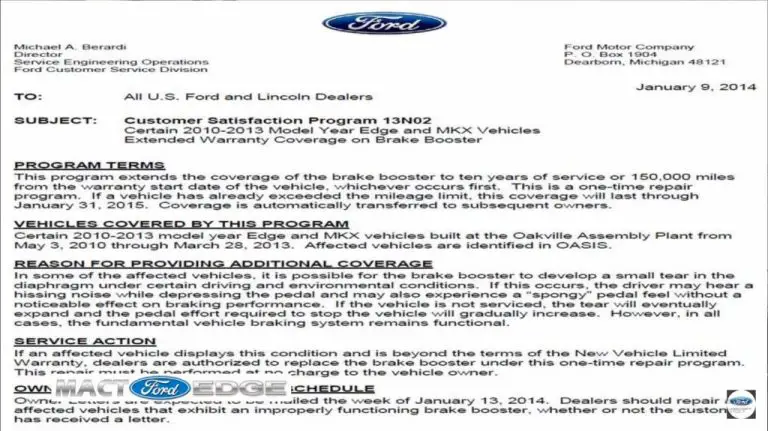Unleash Power: Ford 5.4 3V Performance Crate Engine Guide
Key Takeaways
- The Ford 5.4 3V performance crate engine is a solid choice for upgrading your truck or SUV. It offers a good balance of power and reliability.
- You'll find various options, from mild upgrades to full-blown supercharged beasts, so you can tailor it to your needs.
- Understanding the different types of crate engines and their benefits is crucial before making a purchase.
- Installation can be a DIY project for the mechanically inclined, but professional help is always an option.
- Proper maintenance after installation is key to ensuring the longevity and performance of your new engine.
Unleashing the Beast: Why a Ford 5.4 3V Performance Crate Engine?
So, you're looking to give your ride a serious kick in the pants, huh? Maybe that old 5.4 3V is feeling a little tired, or you just crave more power for towing, off-roading, or just plain showing off. A Ford 5.4 3V performance crate engine could be exactly what you need. It's not just about swapping out an old engine; it's about upgrading your entire driving experience.
Imagine the feeling of pressing the pedal and feeling that instant surge of power. That's what a performance crate engine delivers. It's built for more than just getting from A to B; it's built for excitement.
What Makes the 5.4 3V a Good Starting Point?
The Ford 5.4L 3-valve engine, found in many F-150s, Expeditions, and Mustangs, is already a pretty robust platform. It's known for its decent low-end torque, which is great for trucks. But, like anything, there's always room for improvement.
Its widespread use means there's a huge aftermarket for performance parts. This makes finding upgrades and support relatively easy. You're not reinventing the wheel here; you're just making it spin faster.
Diving Deep: Types of Ford 5.4 3V Performance Crate Engines
When you start looking, you'll quickly realize there isn't just one "performance crate engine." There's a whole spectrum, each designed for different goals and budgets. It’s like picking out a new pair of sneakers – you’ve got options for running, basketball, or just chilling.
Stock Replacement Plus
These are generally rebuilt or remanufactured engines that meet or slightly exceed original factory specifications. They're perfect if your old engine bit the dust and you want reliable, slightly improved performance without breaking the bank. Think of it as a fresh start, with a little extra pep.
They often feature upgraded internal components for better durability. This means they can handle a bit more abuse than a stock engine.
Mild Performance Upgrades
Stepping up, these engines come with components like upgraded camshafts, stronger valve springs, and sometimes slightly higher compression pistons. They're designed to deliver a noticeable bump in horsepower and torque without sacrificing daily drivability. This is for the enthusiast who wants more grunt but still uses their vehicle every day.
You'll feel the difference, especially when merging onto the highway or passing slower traffic. It’s a great balance of power and practicality.
High-Performance & Forced Induction Ready
Now we're talking serious power! These engines are built with forged internals (crankshaft, connecting rods, pistons) that can withstand extreme pressures. They're specifically designed to handle forced induction systems like superchargers or turbochargers. If you're dreaming of big horsepower numbers, this is your category.
Often, these engines come without a supercharger, giving you the freedom to choose your preferred boost setup. They are built tough, ready for whatever you throw at them.
Comparing Crate Engine Types
Let's break down the general characteristics of these options.
| Feature | Stock Replacement Plus | Mild Performance Upgrades | High-Performance & Forced Induction Ready |
|---|---|---|---|
| Power Increase | Minimal | Moderate (15-30%) | Significant (50%+ with forced induction) |
| Cost | Low-Moderate | Moderate | High |
| Durability | Good | Very Good | Excellent |
| Daily Drivability | Excellent | Excellent | Good (can be more aggressive) |
| Installation | Straightforward | Moderate | Complex (often requires tuning) |
The Benefits of a Crate Engine Over a Rebuild
Why buy a crate engine when you could just rebuild your existing one? It's a common question, and there are some compelling reasons to go the crate engine route. Sometimes, starting fresh is just easier and more reliable.
Quality and Warranty
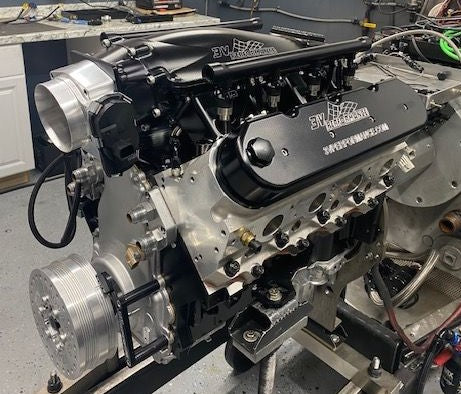
Crate engines, especially from reputable manufacturers, come with a warranty. This gives you peace of mind, knowing that if something goes wrong, you're covered. Rebuilding your own engine, unless done by a professional shop with a warranty, often leaves you on your own.
Manufacturers also use precision machinery and quality control that's hard to replicate in a home garage. You're getting a professionally assembled product.
Time Savings
Rebuilding an engine is a time-consuming process. You have to tear it down, inspect every component, source parts, and then carefully reassemble it. A crate engine arrives ready to drop in, significantly cutting down on downtime.
For many, time is money, and a crate engine gets your vehicle back on the road much faster. Who wants their truck sitting on jack stands for weeks?
Guaranteed Performance
When you buy a performance crate engine, it's typically dyno-tested and rated for specific power output. You know exactly what you're getting. With a rebuild, especially a DIY one, the final performance can be a bit of a gamble.
It takes the guesswork out of the equation. You can be confident in the horsepower and torque numbers advertised.
Installation Considerations: Dropping in Your New Powerhouse
So, you've chosen your beast of an engine. Now comes the fun part: getting it into your vehicle. This isn't just about lifting and lowering; there are several critical steps to ensure a smooth transition.
DIY or Professional?
This is the big question. If you have a well-equipped garage, a good set of tools, and a solid understanding of automotive mechanics, a DIY install is definitely doable. There are tons of online resources and videos to guide you.
However, if you're not comfortable with complex engine work, or don't have the specialized tools, hiring a professional shop is probably your best bet. It might cost more upfront, but it can save you a lot of headaches (and potentially costly mistakes) in the long run.
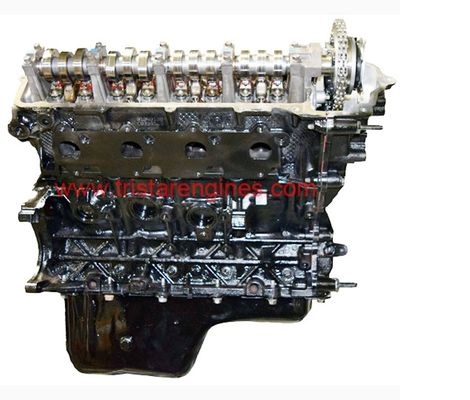
Essential Supporting Mods
A performance engine isn't a standalone upgrade. It often requires other components to keep up. Think of it like putting a super-powerful engine in a bicycle—you'll need stronger brakes and a tougher frame!
Fuel System Upgrades
More power means more fuel. Your stock fuel pump and injectors might not be able to keep up with the demands of a hopped-up engine. Upgrading these components is crucial to prevent leaning out and potential engine damage.
You want to make sure your engine is getting all the fuel it needs, especially under heavy throttle. Don't skimp here.
Exhaust System
A more powerful engine needs to breathe better, both in and out. A performance exhaust system will reduce backpressure, allowing the engine to exhale more efficiently. This can free up a few extra horsepower and give your ride a much more aggressive sound.
It's like clearing your throat before a big speech; it just makes everything flow better.
Cooling System
More power equals more heat. Your stock radiator and cooling fan might struggle to keep temperatures in check, especially in demanding conditions. An upgraded cooling system is a smart investment to protect your new engine.
Overheating is the enemy of any engine, and it's easily preventable with the right cooling setup.
Engine Management and Tuning
This is arguably the most critical step for a performance engine. The factory computer (ECU) isn't programmed for your new, more powerful setup. You'll need a custom tune to optimize air-fuel ratios, ignition timing, and other parameters.
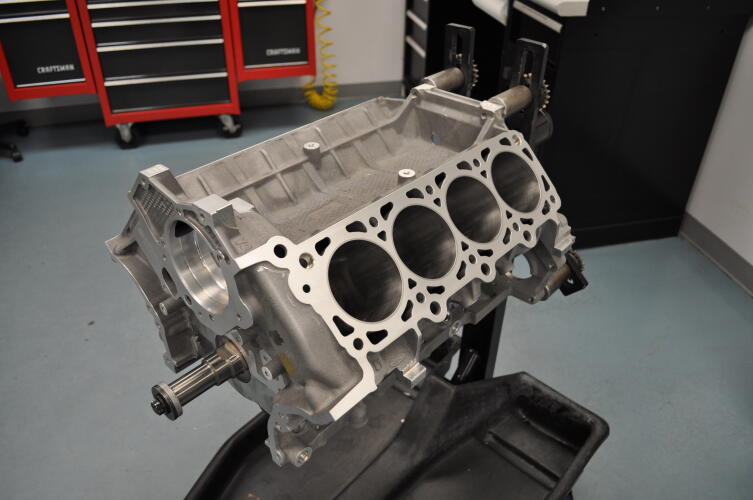
A good tune unlocks the full potential of your engine and ensures it runs safely and efficiently. Don't skip this step!
Maintaining Your Performance Powerhouse
Once your new engine is purring, the work isn't over. Proper maintenance is key to ensuring its longevity and continued performance. It's like taking care of a racehorse; you can't just feed it and forget it.
Regular Oil Changes with Quality Oil
This is non-negotiable. Performance engines often run hotter and under more stress, so frequent oil changes with high-quality synthetic oil are a must. Follow the manufacturer's recommendations, or even a bit more frequently.
Clean oil is the lifeblood of your engine, protecting all those expensive internal components.
Monitoring Fluid Levels and Temperatures
Keep an eye on coolant levels, transmission fluid, and power steering fluid. Also, monitor your engine's operating temperature, especially during hard driving. Any unusual fluctuations could indicate a problem.
An ounce of prevention is worth a pound of cure, right? Catching small issues early can save you from big headaches.
Listen to Your Engine
Pay attention to any new noises, vibrations, or changes in performance. Your engine will often tell you if something is amiss. Don't ignore warning signs; investigate them promptly.
You know your vehicle best, so trust your instincts if something feels off.
Frequently Asked Questions (FAQs)
Q1: How much horsepower can I expect from a performance 5.4 3V crate engine?
A1: This highly depends on the specific build. A mild performance engine might add 20-50 horsepower over stock, while a high-performance, forced-induction-ready engine, when supercharged, could easily push 500-700+ horsepower. It really varies by the components used and the tuning.
Q2: Will a performance crate engine affect my vehicle's emissions?
A2: Potentially, yes. Depending on the level of modification, especially with upgraded camshafts or forced induction, your vehicle might not pass stricter emissions tests in some states. Always check your local regulations before making significant modifications.
Q3: What's the typical lifespan of a performance 5.4 3V crate engine?
A3: With proper installation, tuning, and diligent maintenance, a quality performance crate engine can last for many years and tens of thousands of miles, similar to a stock engine. However, pushing it constantly to its limits will naturally reduce its lifespan compared to normal driving.
Q4: Do I need a special transmission for a performance 5.4 3V crate engine?
A4: For mild upgrades, your stock transmission might be sufficient. However, for higher horsepower engines, especially with forced induction, upgrading your transmission (or at least its internals) is highly recommended. Stock transmissions often can't handle the increased torque and power, leading to premature failure.
Q5: Can I install a performance crate engine myself?
A5: If you have significant mechanical experience, the right tools (engine hoist, specialized sockets, etc.), and a good understanding of engine systems, then yes, it's possible. However, for most people, professional installation is recommended due to the complexity and precision required for proper function and longevity.
Conclusion
Upgrading to a Ford 5.4 3V performance crate engine is a fantastic way to breathe new life into your truck or SUV. It's an investment in power, reliability, and an undeniably more thrilling driving experience. Whether you're looking for a subtle boost or a full-blown powerhouse, there's a crate engine out there for you.
Remember, it's not just about the engine itself, but also the supporting modifications and diligent maintenance that ensure your new beast performs flawlessly for years to come. So, what are you waiting for? Are you ready to unleash the true potential of your ride? Let us know in the comments below what your dream 5.4 3V build would look like!

